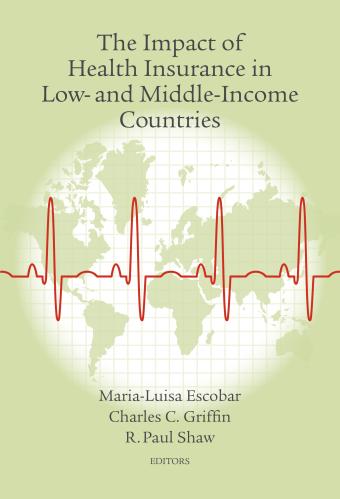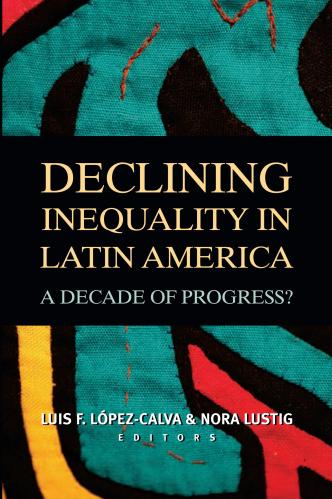Studies in this week’s Hutchins Roundup find that changing the timing of SNAP benefits can reduce grocery store crime, conventional measures may be overstating inequality, and more.
Want to receive the Hutchins Roundup as an email? Sign up here to get it in your inbox every Thursday.
Timing of SNAP benefits affects crime rates
Examining the relationship between the timing of Supplemental Nutrition Assistance Program (known as SNAP or food stamps) benefit disbursement and crime, Jullian Carr of Purdue University and Analisa Packham of Miami University show that grocery store crimes peak in the last week of the benefit cycle, particularly among older females, implying that older women steal to provide for their families. They also find that staggering SNAP distribution days (rather than having one day at the beginning of the month for all beneficiaries) leads to a 32 percent decrease in grocery store theft. Because other government programs distribute benefits at the beginning the month, providing SNAP benefits later in the month could help participants smooth consumption and avoid financial desperation at the end of the month, they say.
Inequality may not have increased by as much as is commonly believed
Bruce Meyer from the University of Chicago and James Sullivan from Notre Dame argue that inequality statistics should focus on consumption rather than income because income is poorly measured, does not capture the ability of consumers to borrow and dissave, and fails to account for the services people receive from owning houses and cars. Using data from 1963 to 2014, the authors construct a measure of consumption that relies on components that are consistently well-measured in the Consumer Expenditure Survey. They find that, while income inequality increased nearly 30 percent, consumption inequality only rose 7 percent. They attribute the difference to increased mismeasurement of income over time, particularly for those in the bottom of the income distribution.
Counteracting credit booms with monetary policy may be worthwhile
Many analysts believe that monetary policy should focus solely on keeping unemployment and inflation low, and shouldn’t consider financial stability. Francois Gourio of the Federal Reserve Bank of Chicago, Anil Kashyap of the University of Chicago, and Jae Sim of the Federal Reserve Board challenge this view. In a model that assumes that financial crises are partly driven by credit conditions and are very costly, they show that “leaning against the wind” to counteract excess credit growth may be worth it, even at the cost of higher volatility in output and inflation. The benefits of basing monetary policy on credit conditions are larger when the probability of financial crisis is more sensitive to excess credit, the severity of potential crises is higher, and people are more risk averse, they find.
Chart of the week: Full-time employment is recovering from crisis and surpasses part-time job gains
Quote of the Week:
“[T]ypical estimates today of a normal or natural rate of unemployment are about what they were 15 years ago — around this 4¾ percent mark. Now, clearly some people have been adjusting their views down and being more optimistic on that…I think the long-term evidence is that the natural rate of unemployment doesn’t really move a lot,” says San Francisco Fed President John Williams.
“And so what I do try to avoid is kind of getting caught up in the optimism – hey, unemployment’s low, maybe the natural rate’s even lower – because I think there’s just not a lot of evidence that the natural rate moves around a lot over time. … During a recession you don’t want to be saying, oh, the natural rate must be really high because unemployment’s high, and you don’t want to do that on the downturn. Obviously, this is something that we’re reassessing in terms of always looking at our data, looking at our models.”
The Brookings Institution is committed to quality, independence, and impact.
We are supported by a diverse array of funders. In line with our values and policies, each Brookings publication represents the sole views of its author(s).










Commentary
Hutchins Roundup: SNAP benefits and crime, consumption inequality, and more
August 10, 2017